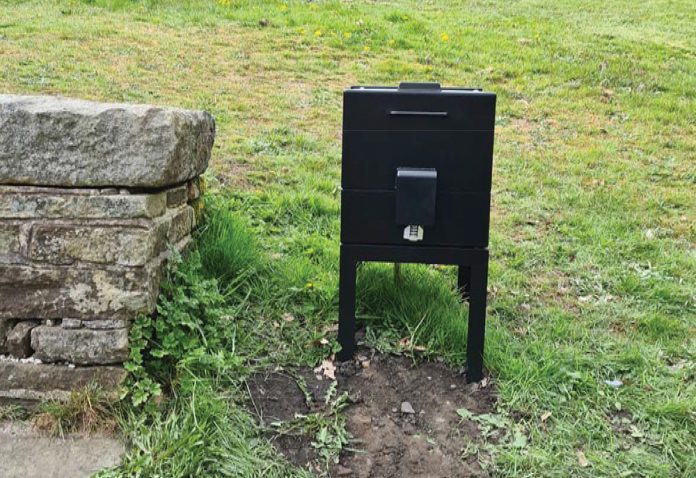The Canal & River Trust
Canal & River Trust are a national not-for-profit organisation who take care of over 2,000 miles of waterways. They ensure that 2,980 bridges, 1,580 locks and 335 aqueducts are open and ready for use all day, every day. Their work involves not only looking after our waterways, but promoting them widely across the UK, so that as many people as possible benefit from a free, accessible leisure and nature infrastructure.
Of course, water is the lifeblood of the network – water levels across canals, locks, reservoirs, pumping stations and flow rates need constant monitoring. The stations that provide this data give the Trust warnings if there are breaches or where people vandalise and let water out, so the Trust can manage our water resource more effectively. Peter Lau is the Principal SCADA (Supervisory Control and Data Acquisition) Engineer working for Canal & River Trust. He installs, manages and maintains these systems.
What instruments are used for water levels?
Historically Canal & River Trust have used hydrostatic pressure transmitters to measure the levels, along with ultrasonic level sensors both require careful positioning, mounting and protection from weather or damage. Over recent years they have standardised on the ceramic-based VEGAWELL pressure transmitters for their robust, stable yet accurate characteristics, with proven long-term, low drift performance. “More recently we have transitioned from ultrasonic to radar-based level sensors, not only for their better performance in all weather and environmental conditions, but also their simpler, more flexible mounting and installation needs,” said Peter Lau. “The latest versions being the VEGAPULS C21 and C22 compact radar-based level instruments. They measure the water levels every five/ten minutes and the data is sent back via telemetry to a central server, so The Trust can keep track of how water levels are fluctuating. When these water levels are outside the operation band, it notifies regional water engineers,” he added. To report and use this information, a kiosk (shown in Figure 1) is needed to house the telemetry outstation, and if power isn’t available, a battery and solar panel, which powers the VEGAPULS C22 (shown in Figure 2) or VEGAWELL 52. A plinth is needed to support this kiosk. “The installation of this equipment is not cheap and takes around three months from planning, to purchase to installation,” says Peter.
Where next for level measurement by the Canal & River Trust?
The Canal & River Trust is now utilising the latest in level technology combining radar level sensors with IoT technology using NBIoT, LTE-m or LoRa mobile radio data networks. VEGAPULS Air sensors are battery powered and can measure levels at ranges from 100mm up to 30m, with mm resolution. “Most importantly this removes the need for power, cabling and a kiosk, which means it takes less than a day to install and commission,” continues Peter.
“In one application, monitoring the water level in a V-notch (Figure 3), it measures and records the level every 4 hours and transmits the data to the central system. A longer period can be used in these as these water levels tend to be monitored looking for longer term trends, they don’t have insignificant changes in depth in five/ten minute intervals. The unit we installed is a VEGAPULS Air 42 (Figure 3), which does the same job as previous technology (Figure 1 & 2) with batteries lasting about five years before they need replacement. This system can be bought and installed for around one fifth of the traditional outstation/kiosk (figure 1 & 2) arrangement.”
Why do Canal & River Trust choose VEGA instruments?
“VEGA are a trusted partner and supplier for level devices to The Trust and we have used them for many years for conventional level monitoring applications. We have standardised on them now.” He concluded; “As one of the first companies with IoT radar level devices, we chose to test and use this really new and innovative technology in these applications. Their technical and service teams have been closely involved in supporting us to get these first devices set up and operating properly.”
VEGAPULS Air IoT technology is not just for water and other liquid levels, but it can be used for applications in waste, sludge and bulk solids silos as well. For more information on models for level sensing and an online battery-life calculator, go to vega.com and search VEGAPULS Air.




